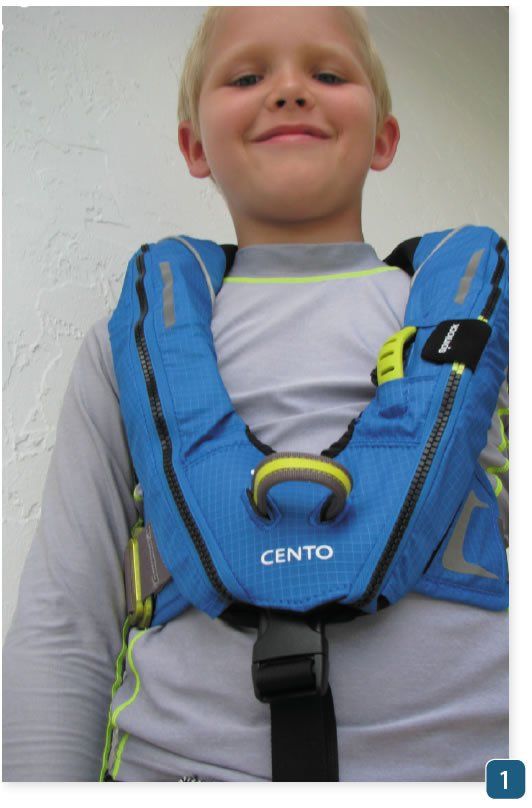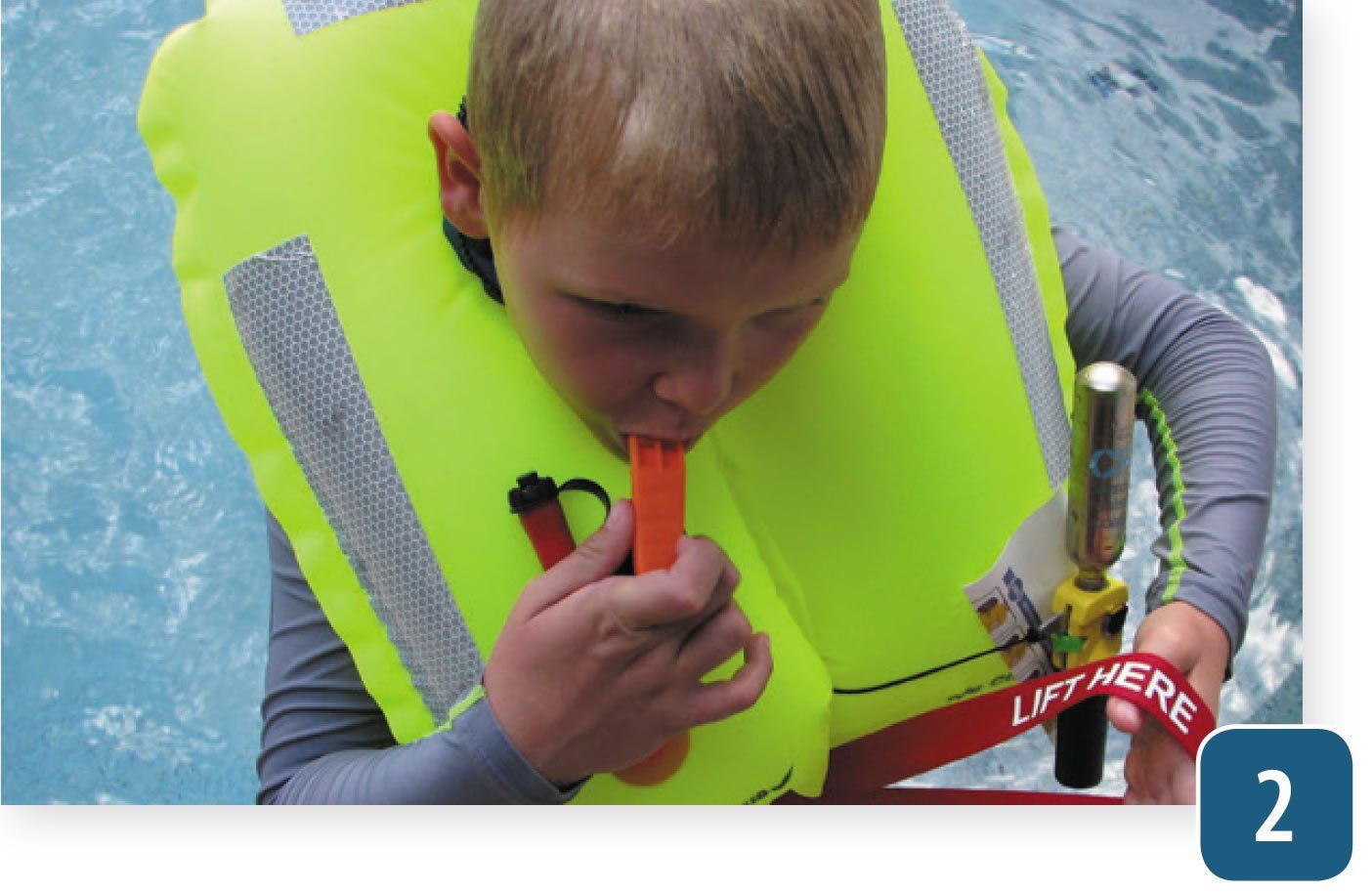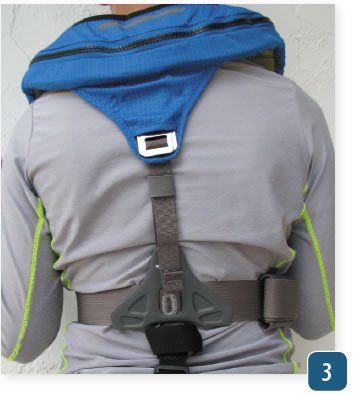Foam life jackets can be hot and cumbersome on a long passage-especially if youre a kid and like to move around a lot. With Spinlocks debut of the Deckvest Cento Junior auto-inflatable PFD with a harness, sailing youth-and petite adults-now have an alternative to those bulky foam PFDs.
The Cento, which is basically a mini version of the popular Spinlock Deckvest, was created for sailors weighing 45 to 110 pounds, with the target audience being active 8 to 15-year-olds. It was recently awarded the National Marine Manufacturer Association (NMMA) Innovation Award in the consumer safety equipment category.
As we mentioned in a previous review of kids must-have gear (see PS July 2016), Practical Sailors 9-year-old, 80-pound tester put the Cento through its paces on deck and in a pool during Floridas hottest months and through the winter.



Field Testing Results
When selecting a PFD, fit is among the most important factors. The Centos fit aluminum adjusters at the waist and back and plastic adjusters on the crotch strap allowed us to dial in a perfect fit on our junior tester; the straps were easy to adjust and stayed securely in place once the right fit was found.
Comfort is also key: If its not comfortable, it wont get worn often enough, and when a child is the wearer, his or her discomfort will most certainly be a constant source of aggravation for all onboard.
Our Cento tester reported that the inflatable PFD was more comfortable than any foam life jacket he had ever worn. The bladder case is backed with breathable mesh that helps keep the wearer cool. We also noted that despite long hours of wear in hot weather, there were no issues with chafing; however, the tester almost wore a UV-protective shirt underneath the Cento.
Uninflated, the life jacket did not inhibit the active testers movement at all. Inflated, the Centos bladders made forward swimming a challenge, even in a pool, but swimming on his back was easy, and the bladders never rode up or choked the tester.
In and out of the water, the tester could easily locate and use the PFDs supplied whistle and manual inflate/deflate straw. Other accessories can be fitted to the Cento, including Spinlocks Lume-On light (see PS May 2016), pylon antenna light, sprayhood, and the Ocean Signal MOB1 man-overboard alarm and personal AIS device. (Wed also add a cased knife to the waistband, just in case the junior crew were to trapped in an overturned hull.)
Other Cento design features include a soft tether-attachment point; three, wide strips of SOLAS reflective tape on the bladder; and a red, webbing lifting strap for help hauling an MOB back on board. It also can be retrofitted for manual-only inflation.
A concern with any inflatable PFD is how easy it is to repack and how easy it is to find/buy re-arm kits. Testers found the Cento surprisingly easy to re-pack when compared to others weve tested. It uses the water-activated UML Mk5 inflation system, which is the same one Spinlock uses in the U.S. Coast Guard-approved Deckvest Lite and the Deckvest SOLAS model. It is not the same as the one in the Deckvest 5D.
The Details
In the U.S., the Coast Guard does not specify approved inflatable PFDs for users under age 16, so the Cento is not a USCG-approved flotation aid. However, like the Deckvest 5D, the Cento is ISO approved.
If youre considering the Cento, but the intended wearer is outside of the target age range, go by the weight range first. According to Spinlock, the weight is the most important factor, and thats what its ISO certification (both inflation and harness) is based on. If youre a petite adult under 110 pounds, the Cento would be appropriate as an offshore PFD.






































